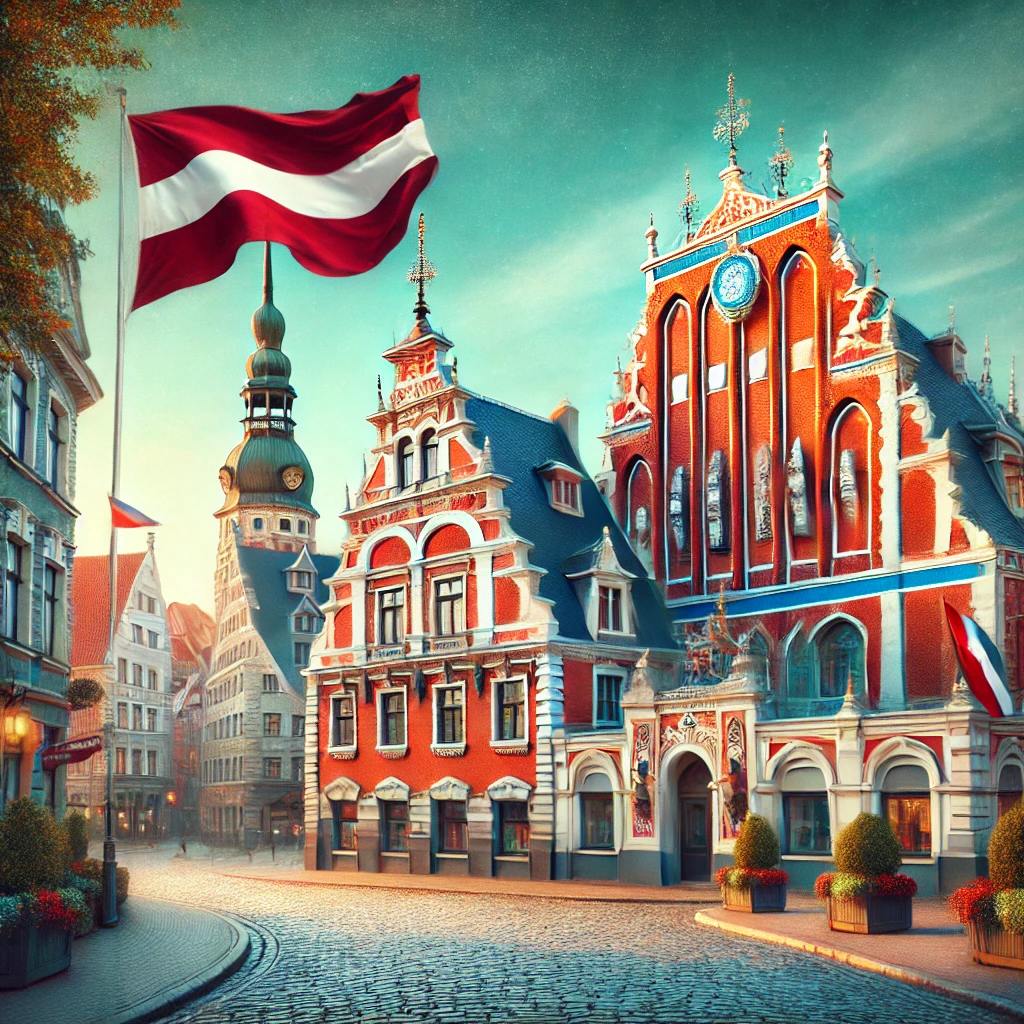How to Apply for a Schengen Visa from the UK
How to Apply for a Schengen Visa from the UK


Jun 23, 2023
Jun 23, 2023
Venturing across the European landscape is an exhilarating prospect for many UK residents, and a Schengen Visa is the key that unlocks this thrilling experience. Applying for one, however, may seem daunting. Fret not, as this comprehensive guide simplifies the process of how to get schengen visa into an easy-to-follow, step-by-step format. For a French Visa we recommend to read a special article.
Identify the Type of Visa Needed
Your Schengen Visa application journey begins by identifying the appropriate visa type. The Schengen area, a collection of 26 European countries with mutual border control abolition, offers various visa types suited to diverse travel intentions—tourism, business, studying, and more. Most UK residents will typically require a tourist visa. However, the visa type should precisely reflect your travel purpose. If you're travelling for a conference or a business meeting, a business visa would be necessary.
Choose the Country of Visa Application
The next significant step is to select the right country for your visa application. Typically, this is the Schengen country where you plan to spend the most time or the one you'll enter first if your time in multiple countries is evenly split. If you're touring numerous countries without a primary destination, apply at the embassy of the country where you'll spend the most days.
Remember, your first entry to the Schengen area should ideally be through the country that issued your visa. This consistency helps avoid potential visa complications in the future.
Also, consider the visa application processing times, which can vary by country. Countries with quicker processing times might be more favourable, and some may have additional document requirements or stricter application criteria.
Schedule an Appointment
With your visa type and application country in hand, the next step is to schedule an appointment for your visa application submission. This appointment should be at the visa centre of the selected country. Booking your appointment early is crucial as slots can get occupied quickly, particularly during peak travel seasons. Services like Bot Visard simplify this step by notifying you of available time slots on visa centre websites, offering an easier and more cost-effective solution than traditional Schengen visa agencies in the UK and London.

4. Complete the Schengen Visa Application Form
With your appointment scheduled, you need to complete the Schengen Visa application form. Available on the official Schengen Visa website, this form requires careful filling. Every detail matters, and misinformation can cause delays or application rejection. Always double-check your entries before submission to avoid discrepancies. You can download the Schengen visa application form from the official website.
5. Gather Required Documentation
Gathering the necessary documents is crucial to support your application. These usually include:
Completed Schengen visa application form.
A valid passport and BRP, ensuring at least two blank pages and validity for at least three months beyond your Schengen departure date.
Two recent passport-sized photos complying with official specifications.
A detailed travel itinerary, clearly outlining your travel purpose, places to visit, and planned departure and return dates.
Proof of accommodation, such as hotel reservations or a letter from a host, for the entire duration of your stay.
Proof of financial sufficiency for your trip, typically recent bank statements.
A travel insurance policy, covering all Schengen countries and at least €30,000 for potential medical emergencies, including medical repatriation and emergency hospital treatment.
A detailed cover letter outlining your visit purpose and itinerary.
Remember, the specifics of these document requirements can vary by country, so always check the embassy websites for precise details. Read more about required documents in this article.
Check the video how to avoid most common mistakes during the application:
6. Attend Your Appointment
The scheduled appointment is a vital part of the application process. Arrive early with all your documents and application form prepared. Here, you'll submit your application, pay the visa application fee, provide your biometric data (fingerprints), and address any queries with the consulate staff.
7. Track Your Application
Post-appointment, you can track your visa application online. This tracking allows you to stay updated on whether your application is still under process, has been approved, or rejected. You can learn here how long it takes to get a passport back.
8. Collect Your Visa
After approval, you'll receive a notification to collect your visa from the embassy or consulate. Alternatively, it may be mailed to you, depending on the embassy's procedure.
Though the Schengen visa application process may vary slightly between different Schengen countries and based on the type of visa applied for, this guide provides a solid starting point. It's essential to confirm specific requirements with the respective embassy or consulate. Follow these steps to navigate the application process confidently, setting the stage for your grand European adventure.
Sources: Schengen Visa Info
Written by Natalia Kondratyeva
Venturing across the European landscape is an exhilarating prospect for many UK residents, and a Schengen Visa is the key that unlocks this thrilling experience. Applying for one, however, may seem daunting. Fret not, as this comprehensive guide simplifies the process of how to get schengen visa into an easy-to-follow, step-by-step format. For a French Visa we recommend to read a special article.
Identify the Type of Visa Needed
Your Schengen Visa application journey begins by identifying the appropriate visa type. The Schengen area, a collection of 26 European countries with mutual border control abolition, offers various visa types suited to diverse travel intentions—tourism, business, studying, and more. Most UK residents will typically require a tourist visa. However, the visa type should precisely reflect your travel purpose. If you're travelling for a conference or a business meeting, a business visa would be necessary.
Choose the Country of Visa Application
The next significant step is to select the right country for your visa application. Typically, this is the Schengen country where you plan to spend the most time or the one you'll enter first if your time in multiple countries is evenly split. If you're touring numerous countries without a primary destination, apply at the embassy of the country where you'll spend the most days.
Remember, your first entry to the Schengen area should ideally be through the country that issued your visa. This consistency helps avoid potential visa complications in the future.
Also, consider the visa application processing times, which can vary by country. Countries with quicker processing times might be more favourable, and some may have additional document requirements or stricter application criteria.
Schedule an Appointment
With your visa type and application country in hand, the next step is to schedule an appointment for your visa application submission. This appointment should be at the visa centre of the selected country. Booking your appointment early is crucial as slots can get occupied quickly, particularly during peak travel seasons. Services like Bot Visard simplify this step by notifying you of available time slots on visa centre websites, offering an easier and more cost-effective solution than traditional Schengen visa agencies in the UK and London.

4. Complete the Schengen Visa Application Form
With your appointment scheduled, you need to complete the Schengen Visa application form. Available on the official Schengen Visa website, this form requires careful filling. Every detail matters, and misinformation can cause delays or application rejection. Always double-check your entries before submission to avoid discrepancies. You can download the Schengen visa application form from the official website.
5. Gather Required Documentation
Gathering the necessary documents is crucial to support your application. These usually include:
Completed Schengen visa application form.
A valid passport and BRP, ensuring at least two blank pages and validity for at least three months beyond your Schengen departure date.
Two recent passport-sized photos complying with official specifications.
A detailed travel itinerary, clearly outlining your travel purpose, places to visit, and planned departure and return dates.
Proof of accommodation, such as hotel reservations or a letter from a host, for the entire duration of your stay.
Proof of financial sufficiency for your trip, typically recent bank statements.
A travel insurance policy, covering all Schengen countries and at least €30,000 for potential medical emergencies, including medical repatriation and emergency hospital treatment.
A detailed cover letter outlining your visit purpose and itinerary.
Remember, the specifics of these document requirements can vary by country, so always check the embassy websites for precise details. Read more about required documents in this article.
Check the video how to avoid most common mistakes during the application:
6. Attend Your Appointment
The scheduled appointment is a vital part of the application process. Arrive early with all your documents and application form prepared. Here, you'll submit your application, pay the visa application fee, provide your biometric data (fingerprints), and address any queries with the consulate staff.
7. Track Your Application
Post-appointment, you can track your visa application online. This tracking allows you to stay updated on whether your application is still under process, has been approved, or rejected. You can learn here how long it takes to get a passport back.
8. Collect Your Visa
After approval, you'll receive a notification to collect your visa from the embassy or consulate. Alternatively, it may be mailed to you, depending on the embassy's procedure.
Though the Schengen visa application process may vary slightly between different Schengen countries and based on the type of visa applied for, this guide provides a solid starting point. It's essential to confirm specific requirements with the respective embassy or consulate. Follow these steps to navigate the application process confidently, setting the stage for your grand European adventure.
Sources: Schengen Visa Info
Written by Natalia Kondratyeva
Related posts



Schengen Visa for Slovakia | Book Slovak Visa Appointment in the UK



Schengen Visa for Poland | Book Polish Visa Appointment in the UK



Schengen Visa for Greece | Book Greek Visa Appointment in the UK



Schengen Visa for Bulgaria | Book Bulgarian Visa Appointment in the UK



Schengen Visa for Sweden | Book Swedish Visa Appointment in the UK



Schengen Visa for Latvia | Book Latvian Visa Appointment in the UK



Schengen Visa for Slovenia | Book Slovenian Visa Appointment in the UK



Schengen Visa for Cyprus | Book Cypriot Visa Appointment in the UK



Schengen Visa for Lithuania | Book Lithuanian Visa Appointment in the UK



Schengen Visa for Estonia | Book Estonian Visa Appointment in the UK
Related posts
Related posts